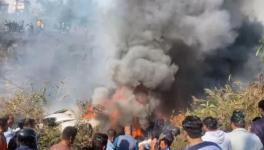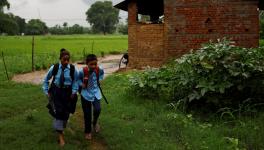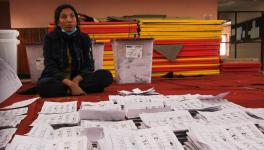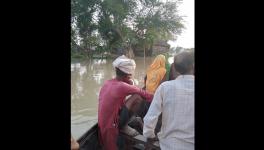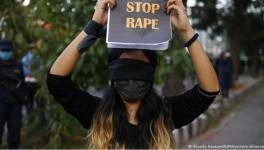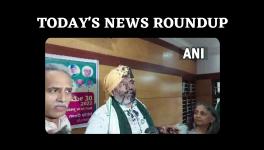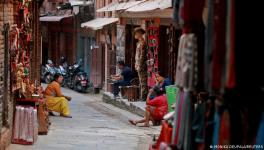On Anniversary of Formation, Nepal Communist Party Seeks to Speed up Path to Socialism
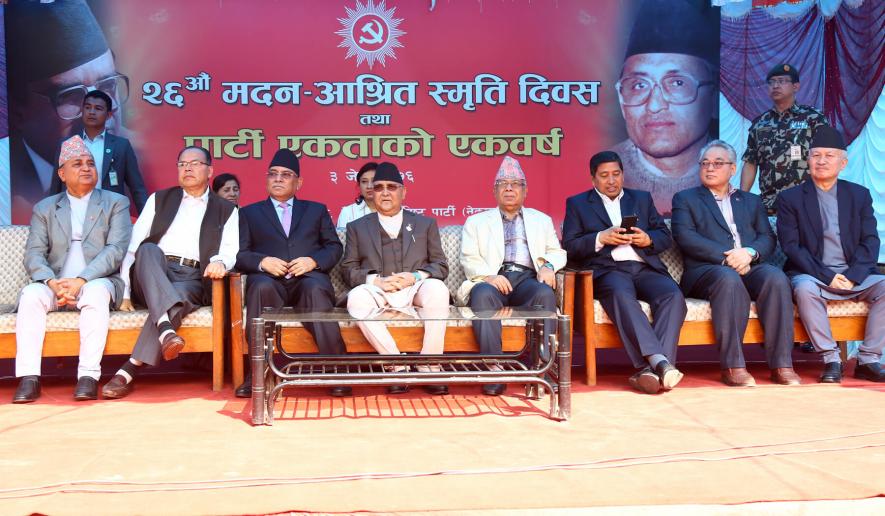
The Nepal Communist Party marked the first anniversary of its formation on May 17, Friday, with key announcements on the heads of the party’s mass organizations. The party was formed on May 17, 2018 following the merger of the Communist Party of Nepal (Unified Marxist-Leninist) and the Communist Party of Nepal (Maoist Centre).
In the coming days, the party is likely to make a major announcement regarding its political and ideological line. Source said the party is likely to synthesize the two component parties’ understanding of ‘People’s Multi-Party Democracy’ and ‘People’s Democracy of the 21st Century into People’s Democracy. This is more than a change in terminology. With the adoption of a program based on People’s Democracy, there may be a marked change in policy making, especially in issues like land reform, foreign direct investment and the revolutionary process. However, even with the adoption of this new line, a lot will depend on the ability of the leadership to push through radical reforms to build socialism, as enshrined in the constitution.
The public meeting on May 17 was attended by the top leadership of the party, including the party’s chairpersons, Prachanda and K.P.Oli (who is the also the country’s prime minister), senior leader Madhav Kumar Nepal, and hundreds of cadre. The meeting was also held on the occasion of the anniversary of the martyrdom of iconic communist leader Madan Bhandari and Jibaraj Ashrit. The two leaders died in a mysterious accident in 1993, which has been attributed to imperialist forces.
The announcement of leadership and the size of the central committees of mass organizations is a key step in the unification process. Last year, the Central Committee, the Standing Committee and the Secretariat of the new party were announced. Later, the details of the provincial and district committees were announced. The details of the composition of the Politbureau are yet to be announced. In the organizational hierarchy of the party, the Politbureau is above the Central Committee and below the Standing Committee and the Secretariat.
Speaking at the Friday’s meeting, leaders paid homage to Madan Bhandari’s legacy of adapting communist principles to the Nepali context. Prachanda talked about Bhandari’s ability to avoid a formulaic approach to communism and any sort of dogma. He said the current leadership had to take a similar stance to take the unification process to its rightful conclusion. He also added that imperialist forces had realized that the communists of Nepal were united and that as long as “we are faithful to the people and our ideology, no one can defeat us.”
Oli talked about the achievements of the government, including the assault on corruption and the attempt to improve employment. He defended the Policy and Programme presented before parliament. He said critics of the government, who were unable to argue against these policies, were distracting the people with baseless allegations.
Some of the organizations whose leadership was announced include the Nepal Dalit Mukti Sanghatan (the organization for the liberation of oppressed castes), the General Federation of Trade Unions, the youth federation, the All Nepal National Students’ Union and the All Nepal Peasants’ Federation.
Get the latest reports & analysis with people's perspective on Protests, movements & deep analytical videos, discussions of the current affairs in your Telegram app. Subscribe to NewsClick's Telegram channel & get Real-Time updates on stories, as they get published on our website.











